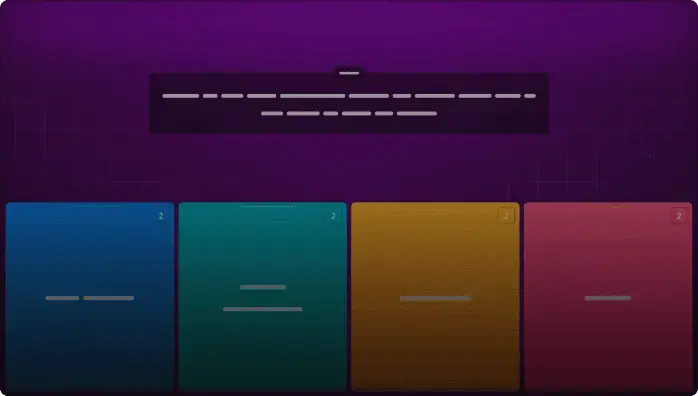
Kepler's Laws
Assessment
•
Paul Bonato
•
Physics
•
10th - 12th Grade
•
64 plays
•
Easy
Student preview

46 questions
Show answers
1.
Multiple Choice
circle
ellipse
focus
perihelion
2.
Multiple Choice
aphelion
perihelion
foci
axis
3.
Multiple Choice
the axis
the perihelion
the center
the Sun
4.
Multiple Choice

Position A to B
Position B to C
Position H to I
Position I to J
5.
Multiple Choice

The area between A, B and the Sun is the largest.
The area between H, I and the Sun is the largest
Both areas are equal in size
There is not enough information to determine the areas
Explore all questions with a free account
Find a similar activity
Create activity tailored to your needs using
.svg)

Kepler's Laws Lesson
•
10th - 12th Grade

Kepler's Laws and Calculation of Period High School
•
10th - 12th Grade

Kepler's Law of Motion
•
10th - 12th Grade

Keplers Laws
•
10th - 12th Grade

Keplers Second Law
•
10th - 12th Grade

Kepler and Planets
•
10th - 12th Grade

Kepler
•
10th - 12th Grade

Kepler's Laws
•
10th - 12th Grade